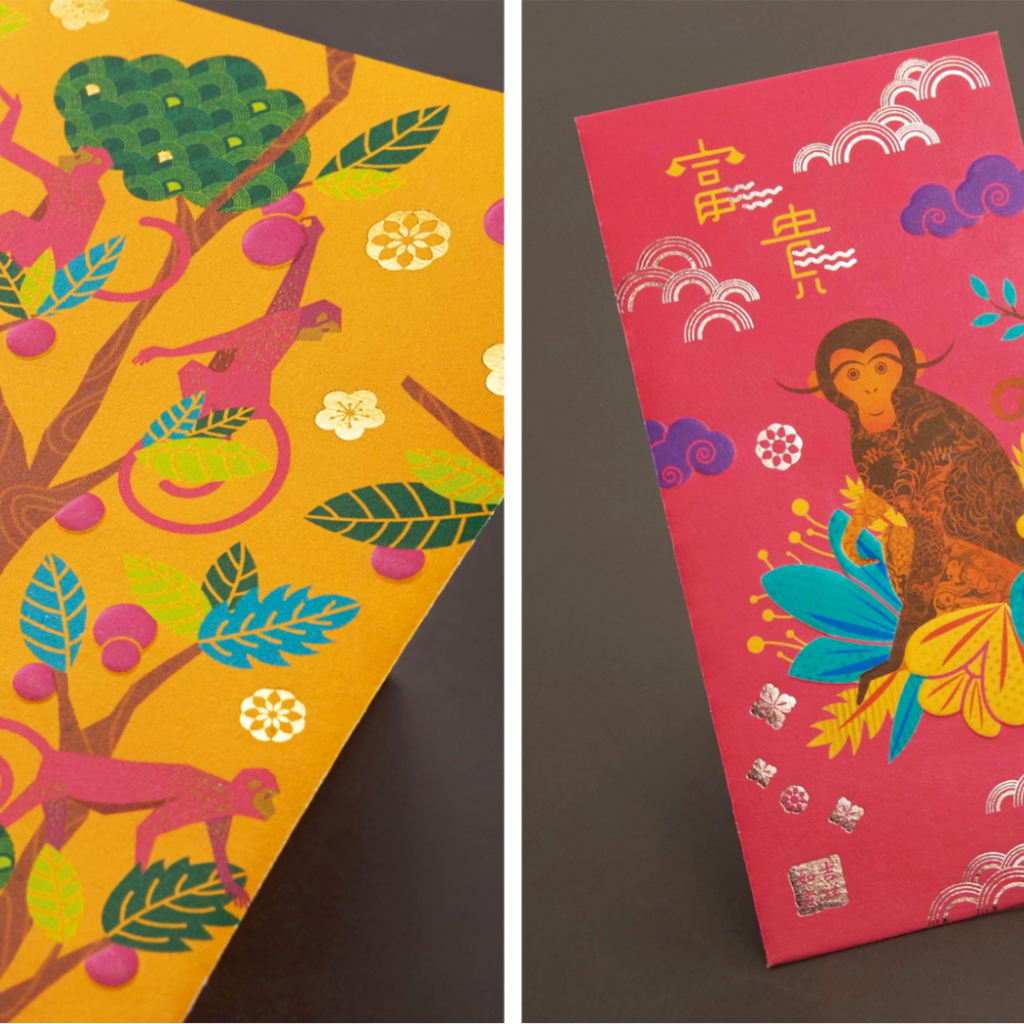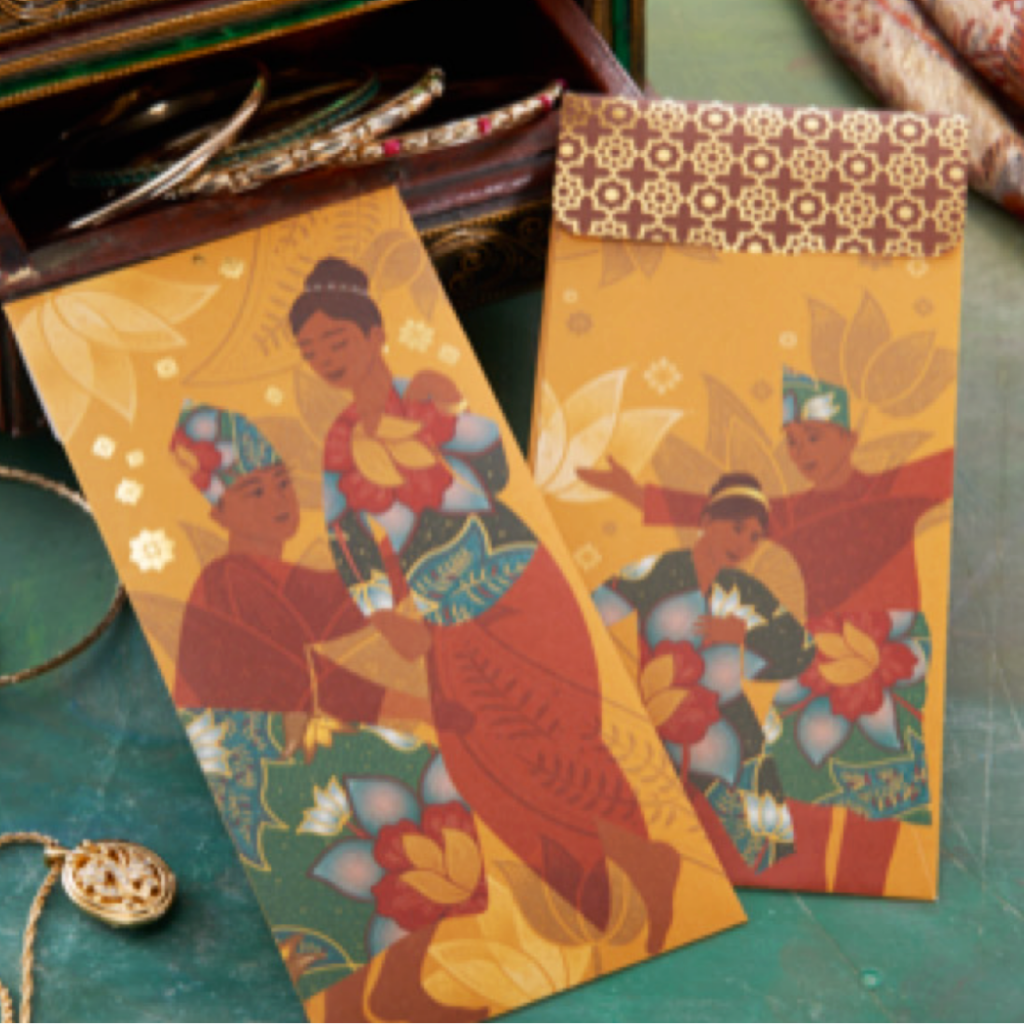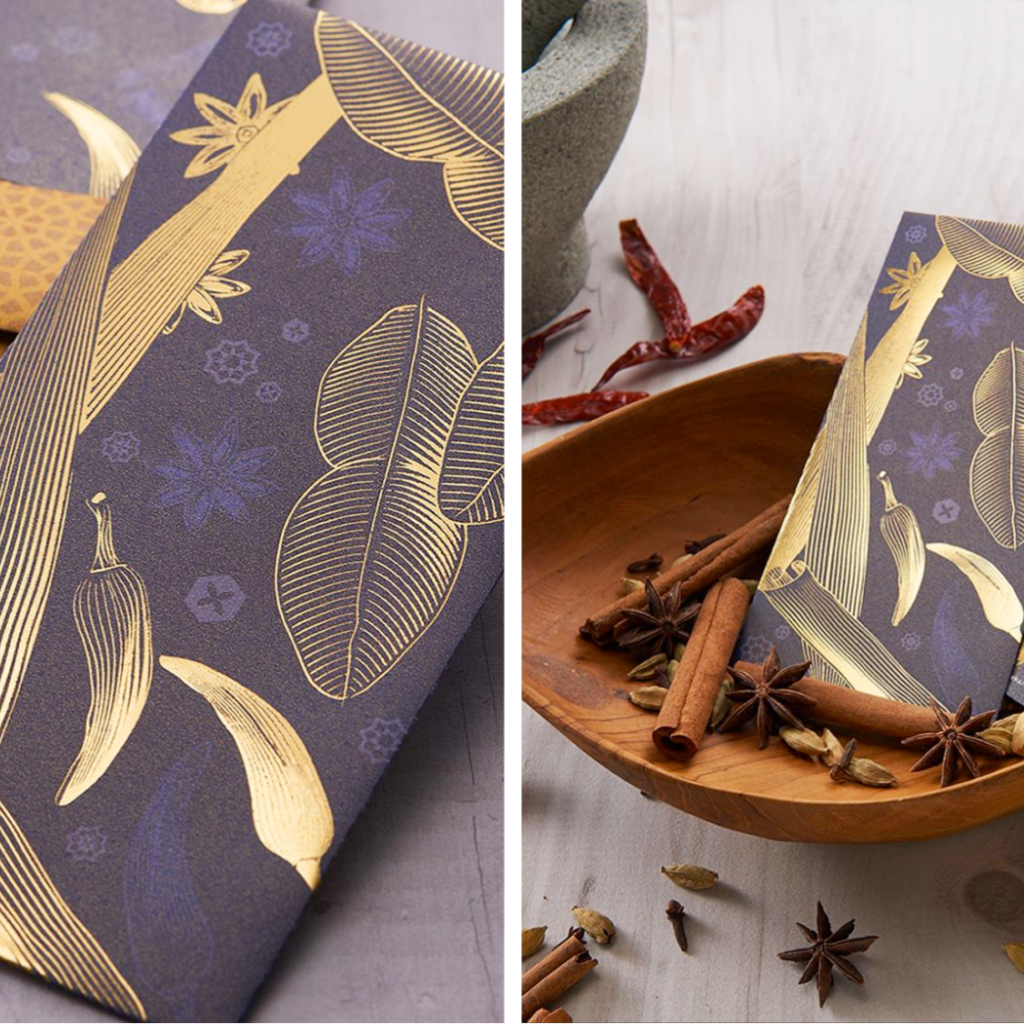Southeast Asia, a melting pot with a vast array of cultures, religions, and traditions, is home to a diverse range of festivals that each hold deep significance to its communities. From Lunar New Year to Hari Raya Aidilfitri, these celebrations are steeped in customs and rituals. They not only shape the festive atmosphere but are also reflected in the region’s art and design landscape, adding depth, meaning, and vibrancy to creative expressions.
In the region, when developing branding concepts and designing campaigns, content or gifts for these festivities go beyond aesthetic appeal — there’s a need for a deep understanding of cultural sensitivities and symbolism. With these intricate layers — sometimes influenced by the traditions of other communities — it’s essential to navigate through the cultural nuances with respect as both an acknowledgement so you can speak to the local audience.
While it may be a challenge to toe the line between respect for tradition and embracing modernity, it’s an opportunity to create timeless designs and concepts that resonate with people.
So, how can designers honour tradition while embracing creativity? Here are three considerations to ensure you’re designing respectfully for festivals in Southeast Asia.
1. The Importance of Colour in Festival Designs
Colours carry profound cultural and religious significance, particularly during festive celebrations. Red, for instance, is an auspicious colour in many Southeast Asian cultures, symbolising prosperity, luck, and happiness. During the Lunar New Year, the colour red is synonymous with the exchange of ang pao (red envelopes filled with money) to symbolise good fortune. When designing festive gift items like money packets, incorporating red in your colour palette is essential, not just for its visual impact but also for its connotations.

Caption: Vibrant ang paos featuring modern colour palettes blending shades of red with bright accents. Gold embellishments balance the contemporary design with a touch of tradition.
Other colours also have their place for Lunar New Year designs, bringing a touch of contemporary within the boundaries of tradition. Gold, representing wealth and success, adds opulence when used as embellishment. Though less common, there’s a growing trend of using shades of purple, pink, and orange as a way to appeal to a modern crowd. By stepping away from conventional palettes, we set the stage for our designs to stand out in a saturated market while still maintaining cultural relevance.
Still, designers must also be mindful of cultural taboos. For example, using black or white in Lunar New Year designs could be perceived as inauspicious, clashing with the celebratory nature of the holiday.
2. Sensitivity to Cultural Markers
Symbols play a crucial role in the visual languages present across Southeast Asia, with each carrying specific connotations. In the context of Hari Raya Aidilfitri, geometric patterns and Jawi calligraphy are often used as design elements in duit raya (money packets).
Similar to the practice of giving ang pao during the Lunar New Year, duit raya is given during the Muslim celebration of Hari Raya Aidilfitri. Though a more religious audience may gravitate toward traditional motifs, there’s ample room for modern interpretations that can still honour the essence of the festival while revealing the unique culture of Southeast Asia. This approach allows for greater flexibility, catering to diverse tastes while still preserving the symbolic integrity of the celebration.

Caption: This design features dancers in batik-adorned costumes, celebrating the nation’s artistic heritage. It’s important for your designs to be inclusive while honouring local heritage.
To create contemporary designs while still respecting customs, designers can move beyond traditional elements and explore new, inclusive ways to evoke the spirit of the celebration. One approach to designing for these festivities is to use illustrations that highlight cultural dances and beautiful traditional outfits, which allows you to tap into the celebrations without relying directly on religious symbols. Another modern-day interpretation often includes elaborate and sometimes cheeky illustrations, particularly appealing to the young children who are the primary recipients of duit raya.
3. Design to Appeal to a Multicultural Audience
In Southeast Asia, where multiple communities celebrate side by side, a design created for one festival will inevitably be seen by people from various cultural backgrounds. It’s important to create designs that respect the traditions of one community while being inclusive and relatable to others. With this consideration, designers can ensure their work resonates with a diverse audience.
For example, incorporating elements like the songket (a traditional Malay textile) in Hari Raya designs can be a beautiful way to celebrate local heritage while appealing to a broader audience. Its intricate patterns and vibrant colours resonate with the festive spirit and showcase the region’s rich artistic traditions.
Inclusivity should always take note of cultural sensitivities. For instance, did you know that festivals like Hari Raya are not exclusive to one particular ethnic group? While the Malay community may be the most prominent celebrants, other communities, such as Thai and Filipino Muslims, also partake in the festivities with their own unique traditions and customs.
Designers must be mindful of these nuances and avoid generalisations when developing their designs and branding concepts. Instead of assuming a one-size-fits-all approach, consider tailoring designs to resonate with specific communities within the broader audience. This localised approach demonstrates respect for individual cultural identities while fostering a sense of inclusivity.

Caption: Moving beyond traditional depictions, this Hari Raya Aidilfitri design illustrates spices, reflecting the region’s rich culinary heritage. Designs that celebrate shared heritage are relatable and engaging for everyone.
Beyond Aesthetics: Designing with Cultural Sensitivity and Impact

Through thoughtful, respectful design, we not only preserve our heritage but also gain a deeper understanding of what resonates with diverse audiences. By understanding and honouring Southeast Asia’s rich cultural landscape, we can create designs that go beyond mere visuals to leave a lasting impact on audiences.
Ultimately, building connections and fostering camaraderie with our target audience is key for us as a strategic communications agency. This approach enables us to deliver designs that engage, inspire, and celebrate the vibrant diversity of Southeast Asia.
Interested in tapping into our content creation and social media content services for an upcoming celebration? Or perhaps you’re looking to create memorable festive gifts for your clients? Reach out to us at [email protected], and let’s collaborate for the upcoming festive seasons.

